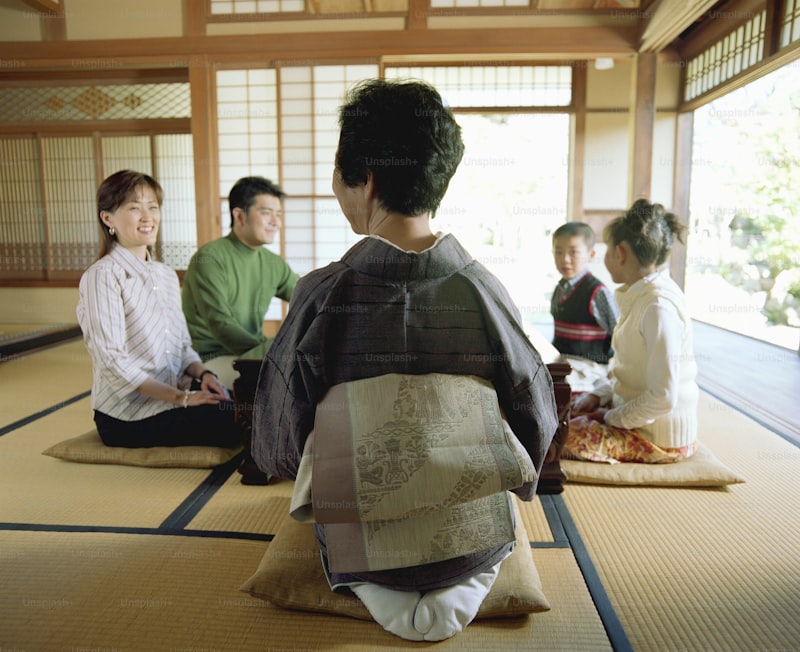Sashes in Cultural Wedding Traditions: Symbolism and Styles Across the Globe
Introduction to Sashes in Wedding Traditions
Sashes, often seen as mere decorative elements, hold deep cultural significance in wedding traditions around the world. They are not just accessories; they are symbols of unity, celebration, and cultural heritage. In this article, we will explore how sashes are integrated into various wedding ceremonies, their meanings, and the styles that have evolved over time.
The Significance of Sashes in Different Cultures
Sashes play different roles in the wedding traditions of various cultures. Here are a few key examples that highlight their importance:
| Culture | Significance of Sashes | Example |
| Japanese | Sashes, or "obi", signify grace and elegance in traditional kimonos. | In Shinto weddings, the obi is often color-coordinated with seasonal flowers. |
| Indian | The dupatta, a long scarf, symbolizes marital status and is a key element in bridal attire. | The bride's dupatta is often adorned with intricate embroidery and is passed down through generations. |
| Mexican | Sashes are important in traditional folk weddings, often representing cultural identity. | Colorful sashes are worn as part of the folkloric dress during ceremonies. |
| Scottish | The tartan sash represents clan affiliation and heritage. | Worn by the bride and groom, it adds a personal touch to the wedding attire. |
Styles of Sashes in Wedding Attire
The styles of sashes vary widely, reflecting the unique traditions of each culture. Let's take a closer look at some popular styles:
1. The Obi in Japanese Weddings
The obi is a traditional Japanese sash that is intricately tied around a kimono. It comes in various widths, designs, and colors, often coordinated with the kimono's patterns. The way the obi is tied can symbolize different things; for instance, a particular knot may signify the bride's intentions for her marriage.

2. The Dupatta in Indian Weddings
In Indian culture, the dupatta is an essential part of the bridal outfit. It is usually worn over the head and shoulders, symbolizing modesty and grace. The color, fabric, and decoration of the dupatta can reflect the bride's family background and personal style.
3. The Folk Sash in Mexican Weddings
Mexican weddings often feature vibrant, colorful sashes that are woven into the traditional attire. These sashes not only add a beautiful touch but also signify the cultural heritage of the couple. They are often worn sashed around the waist of the bride and groom, enhancing the overall aesthetic of the wedding ceremony.
4. The Tartan Sash in Scottish Weddings
In Scotland, the wedding attire often includes a tartan sash, which signifies the heritage of the couple. The tartan patterns are specific to clans, making each wedding unique. This kind of sash is typically tied around the waist for the groom and draped over the shoulder for the bride.
The Role of Sashes in Modern weddings
As weddings continue to evolve, so do the styles and meanings of sashes. Modern couples are blending traditional elements with contemporary styles to create personalized wedding experiences. Here are some trends:
Custom Designs
Due to advances in textile technology and design, many couples opt for custom-made sashes that incorporate personal elements such as initials, wedding dates, or even family insignia.
Eco-Friendly Materials
With the growing awareness of sustainability, many couples are choosing sashes made from eco-friendly materials, ensuring that their wedding attire aligns with their values of environmental consciousness.
The Symbolism Behind Sashes
Sashes are rich in symbolism. They often represent the emotional ties between the couple. In various cultures, the act of tying a sash can signify the coming together of two families, the binding of souls, and the commitment to support each other. The colors, patterns, and materials used in sashes can also embody significant cultural messages or beliefs, serving as a reminder of the couple's heritage.
Summarizing the Importance of Sashes
As we delve into the world of sashes in cultural wedding traditions, it becomes clear that these beautiful elements are much more than decorative pieces. They serve as powerful symbols representing love, family, and heritage. Whether it’s the elegant obi in Japan or the vibrant dupatta in India, each sash tells a unique story that contributes to the beauty and meaning of weddings across cultures.
Conclusion and Recommendations
When planning a wedding, consider integrating culturally significant elements, such as sashes, that reflect both your heritage and personal style. This not only celebrates your roots but also enriches your wedding experience. Pay attention to the symbolism behind your choices, and remember that every detail matters in creating memorable moments.
Finally, when choosing sashes for your special day, keep in mind the quality of the fabric, the theme of your wedding, and how these pieces will enhance your overall aesthetic. Embrace the traditions that resonate with you, and let your sashes tell your story.
In essence, sashes in cultural wedding traditions present an engaging blend of history, craftsmanship, and personal expression that is timeless and intricate. The diverse styles and meanings encapsulated in these bands of fabric remind us of the universal celebration of love and unity.